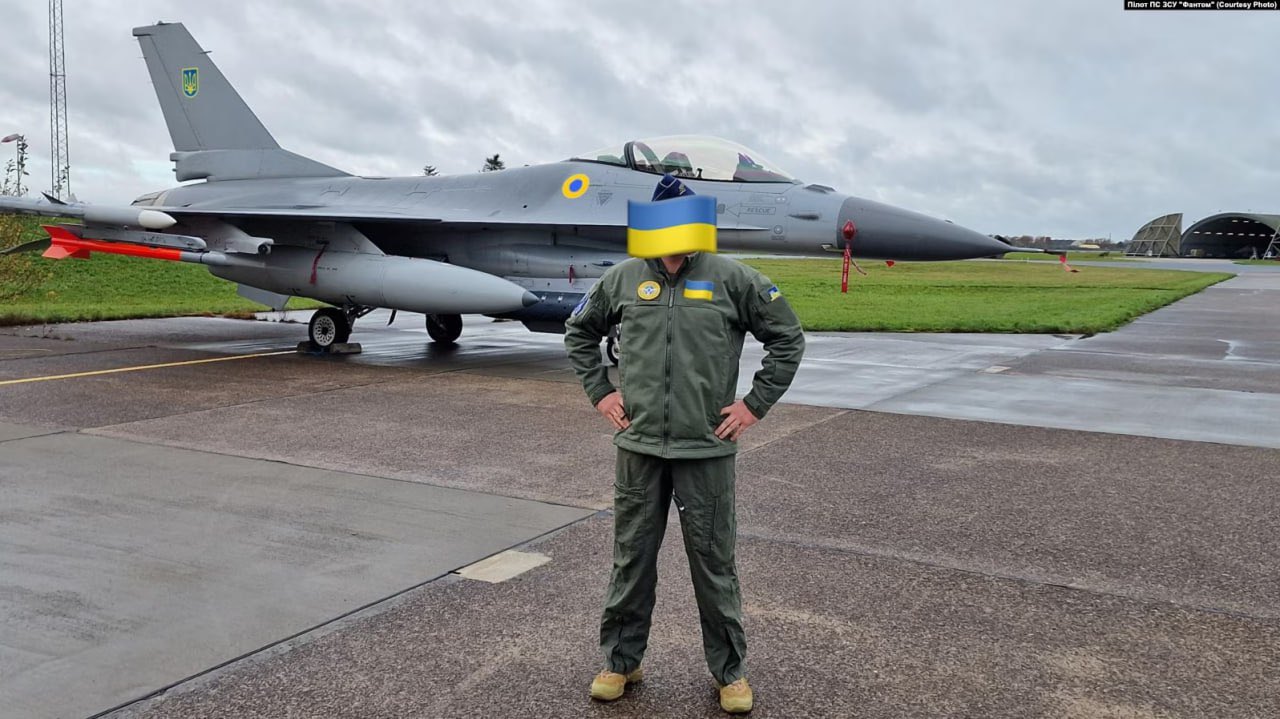Ukraine is encountering hurdles that could impede its ability to fully utilize F-16 fighter jets provided by its Western allies. The Institute for the Study of War (ISW) released its update highlighting the critical “bottlenecks” in pilot training, which may hamper Kyiv’s defense efforts.
UMPB D-30SN: Meet Russia’s ‘Unstoppable’ Glide Bombs That Are Propelling Its Advances In Ukraine
Since the outbreak of the Russia-Ukraine war over two years ago, foreign aid has played a crucial role in supporting Ukraine’s defense capabilities.
However, despite the forthcoming supply of F-16 fighter jets from allies like Belgium, Denmark, the Netherlands, and Norway, a recent Politico report reveals that Ukraine is facing challenges in training an adequate number of pilots to operate these advanced aircraft.
According to the ISW report published on June 6, limitations in Western pilot training facilities are posing a significant challenge. Facilities in the US, Denmark, and Romania designated for training F-16 pilots have constraints that restrict the number of Ukrainian pilots they can train.
Ukrainian President Volodymyr Zelensky has noted the necessity of advanced fighter aircraft to achieve air parity with Russia, estimating a need for 120 to 130 such aircraft. However, the ISW report suggests that Ukraine might not have a full squadron, comprising 20 aircraft and 40 pilots, until the end of 2025.
The ISW warned that the effective use of Western-provided F-16s will be limited until “the necessary number of Ukrainian pilots complete training.”
“Limitations on Western capabilities to train partner pilots on F-16 fighter jets are reportedly creating bottlenecks that will affect Ukraine’s ability to effectively field F-16s in the future,” the report added.
While some countries have granted Kyiv permission to deploy F-16s for strikes within Russian territory, operational effectiveness near the border hinges on the capability to neutralize Russian air defense systems.
Moreover, the ISW pointed out that for Ukrainian aviation to effectively support ground operations, several conditions must be met, including the destruction of Russian air defense assets within Russia using Western strike capabilities, adequate pilot training, and timely delivery of F-16 airframes.
The report further highlighted the urgency for Ukraine and its allies to address these bottlenecks in pilot training to enhance Ukraine’s defense capabilities amid escalating tensions with Russia.
Ukraine’s F-16 Fighter Fleet
The pilot training issues are the latest challenge in the ongoing endeavor to supply modern F-16 fighter jets to Ukraine. Following Russia’s full-scale invasion in February 2022, Kyiv began advocating for the acquisition of these aircraft, encountering repeated refusals from the Biden administration.
In May 2023, President Joe Biden authorized other nations to fulfill Kyiv’s request for F-16s, yet logistical obstacles repeatedly postponed the training process. Additionally, it took several months for Western nations to agree to deploy their own aircraft to Ukraine.
As of now, Denmark, Norway, the Netherlands, and Belgium are poised to deliver over 60 US-manufactured F-16 jets to Kyiv. Ukrainian officials argue that increased F-16 deployment will help repel Russian advances from frontline areas such as Kharkiv, where Moscow’s forces have recently made progress.
However, while some officials acknowledge the potential for local air superiority with the deployment of these front-line jets—equivalent to a US Air Force fighter wing—they caution against expecting significant battlefield shifts.
The F-16s, upgraded by the Norwegian, Dutch, Danish, and Belgian air forces in the late 1990s and early 2000s, possess modern radars and compatibility with various precision munitions and electronic warfare systems.

These aircraft, capable of launching anti-radar missiles and satellite-guided glide bombs, could neutralize Russian air defenses and disrupt supply lines.
However, experts highlight that the main focus of the F-16s would probably be aerial targets, specifically to counter Russia’s continued glide-bombing offensive conducted by Sukhoi Su-30, Su-34, and Su-35 fighters.
F-16s armed with AIM-120 air-to-air missiles could deter Russian aerial assaults, targeting the bombers from distances exceeding 100 miles, thereby safeguarding vulnerable Ukrainian territories.
The effectiveness of this strategy depends on the deployment of the latest AIM-120D missiles, which offer significantly extended ranges compared to older AIM-120B models, ultimately challenging Russia’s aerial dominance.
However, this transformation is anticipated to unfold gradually. The F-16s, slated to arrive in incremental batches over several years, represent a pivotal development as aging aircraft undergo refurbishment and more Ukrainian pilots complete their training.
- Contact the author(s) at ashishmichel(at)gmail.com
- Follow EurAsian Times on Google News





